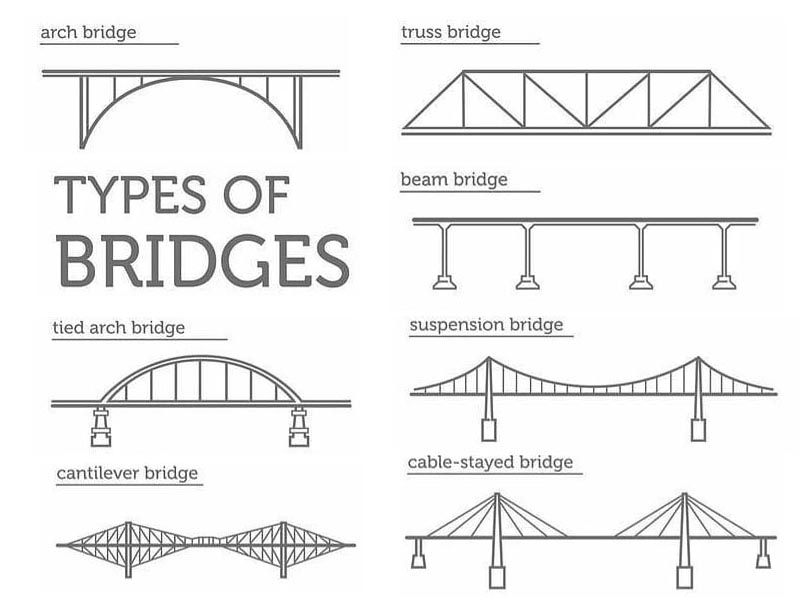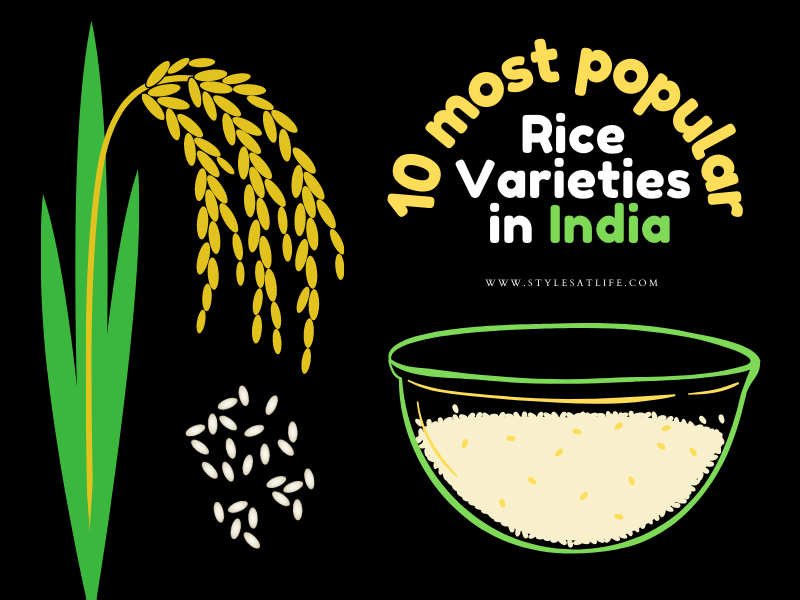17 Different Types of Bridges Designs Around the World with Pros. & Cons.
Bridges have played a prominent role in developing transportation, communication, and international and local trade since the dawn of time. Bridges connect lands disconnected by water overcoming the obstacle smoothly. Men built bridges with tree trunks and wooden logs thousands of years ago. But with the grace of civil engineering, there is advancement in the construction of different types of bridges.
Bridges are classified based on design structure and material used. There are several types of bridges from ancient times until now. In this article, we have discussed prominent kinds of bridges in detail.

What Is A Bridge And History
Bridges are structures built to eliminate the span of a physical obstacle. But it doesn’t block the way of the area underneath the bridge. For the past 200 years, the construction of bridges has gone through an evolution. First, there was cast Iron, later wrought iron and construction steel, and finally settled on prestressed and reinforced concrete.
In the evolution of bridges, industrial strength has been a prominent factor; in the early 19th century, Great Britain built the most significant bridges. However, from the late 19th century through the mid-20th century, innovations arose in the United States and the subsequent decades in Japan and Germany. There has also been a fertile ground for advances in bridge building in Switzerland with its highly industrialized society. However, China built the world’s longest viaducts for its high-speed railways in the early 21st century.
Classification Of Bridges
The classification of bridges is based on several factors. Some of them are:
- Based on the type of structural elements used.
- Based on what they carry.
- Bridges Based on whether they are fixed or movable.
- Based on the materials used.
See More: Types of Buildings List and Designs














